Asia/India/Diciembre del 2017/Noticias/https://theconversation.com/
Delhi’s air pollution crisis made international headlines in early December when a cricket match between India and Sri Lanka was suspended due to poor air quality.
Smog has also led to numerous school closures and flight cancellations in India’s capital and largest city. It has also been blamed for highway accidents.
Delhi is home to 20 million residents, and the city’s more than 10 million vehicles are a major contributor to air pollution. Industrial emissions are also to blame. Thirteen coal-fired power stations operate within a 300 kilometre radius of the city. Conditions reach crisis level every winter, when the capital’s already poor air quality is further degraded by smoke from post-harvest burning in the neighbouring agricultural states of Haryana and Punjab.
The concentration of airborne particulate matter (PM2.5) recently reached 999 in parts of Delhi. This measurement was literally off the charts of maximum thresholds for air pollutants. The alarming fact is that Delhi is not even India’s smoggiest city. By one measure, four other Indian cities typically suffer even worse air pollution.
There is little evidence that either the central or Delhi government has any effective policy strategy for air pollution. Now is the time for India to peer through the smog and learn how another major city, Beijing, is taking meaningful steps to stabilise its own air pollution crisis. While China still has progress to make, some lessons from the country’s capital are a useful guide for clearing Delhi’s air.
China’s response
According to the World Health Organisation, ten of the world’s 20 most polluted cities are in India, and three in China. The two countries top the ignoble list of deaths related to air pollution, with more than one millioneach in 2015. The two are the world’s most populous countries and also have among the highest proportions of deaths related to air pollution.
Nevertheless, China is making progress. The central government has taken a systematic and coordinated approach to managing air pollution. It has adopted a suite of policies that promote alternative energy and punish regulatory breaches.
The country is rapidly scaling back capacity for coal-fired power and steel, whose production is suspected of threatening respiratory health. China is also soliciting foreign investment in green energy technologies, and has intensified inspections of major polluters around Beijing.
In Beijing alone, fines for pollution topped USD$ 28 million in 2015. To combat vehicle exhaust smoke, which is responsible for one-third of Beijing’s emissions, an annual quota of 150,000 new cars was established for 2017, with 60,000 allotted only to fuel efficient cars. Beginning in 2018, this quota will be reduced by one third, to 100,000 annually. This will limit the total number of cars to around 6.3 million.
Beijing is also aiming to reduce coal consumption from the current 11 million tons per year to under 5 million by 2020.
There is some evidence that these measures are working. In the Beijing-Tianjin-Hebei region, PM2.5 levels decreased by 27% between 2013 and 2016.
India’s apathy
By comparison, India’s political inefficiency is making regional air pollution a nearly intractable problem. Although the states of Haryana and Punjab have banned farmers from burning straw, implementation has been minimal. Policy coordination is also weak across states governed by rival political parties. For example, the leaders of Delhi and Haryana have publicly clashed about who is to blame for air pollution. They have also failed to hold discussions about the problem or to find feasible solutions.
Farmers constitute a significant voting base in Haryana and Punjab. This has led state governments to demand compensation from central government for losses farmers incur by ceasing burning. Such focus on short-term political gain is distracting policymakers from collaborating on regional solutions. The consequences of territorial grandstanding are deadly.
Another difference between India and China is the level of apathy among the government and general public. In China, years of seething public anger prompted Prime Minister Li Keqiang to “declare war” on pollution in 2014.
In India, public outrage over air pollution is still “seasonal” and rarely swells beyond social media. The central government has remained largely silent about pollution while state leaders indulge in meaningless inter-party squabbling and political theatre.
Amid this discouraging accountability vacuum, India’s Supreme Court recently assumed the mantle of leadership on air pollution. It banned fireworks in the capital during the Diwali festival and pushed for response focused action planning. While these are encouraging steps, bypassing the legislative process on such fundamental public health issues is hardly ideal or sustainable.
Progress is needed
India has made remarkable progress lifting millions of people out of poverty in recent years. It aspires to be a global superpower, but has singularly failed to curb air pollution. Central government must intervene to coordinate collaborative policy among states and hold officials accountable for inaction. Central government should also reinforce state-level initiatives to minimise burning and promote sustainable farming.
More broadly, it may be time to ask whether highly argumentative democratic models are always the best solution for problems that transcend city and provincial boundaries. Sensible and informed policy leadership is needed to solve environmental challenges. India must rise above petty politics, lest the country bicker its way into smoggy irrelevance.
Fuente :https://theconversation.com/delhi-should-follow-beijings-example-in-tackling-air-pollution-89378
Imagen:
https://images.theconversation.com/files/199892/original/file-20171219-27557-a1ymzc.jpg?ixlib=rb-1.1.0&q=45&auto=format&w=926&fit=clip
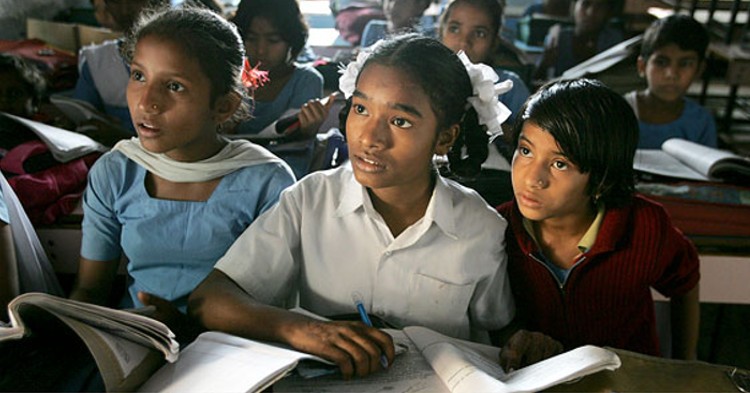
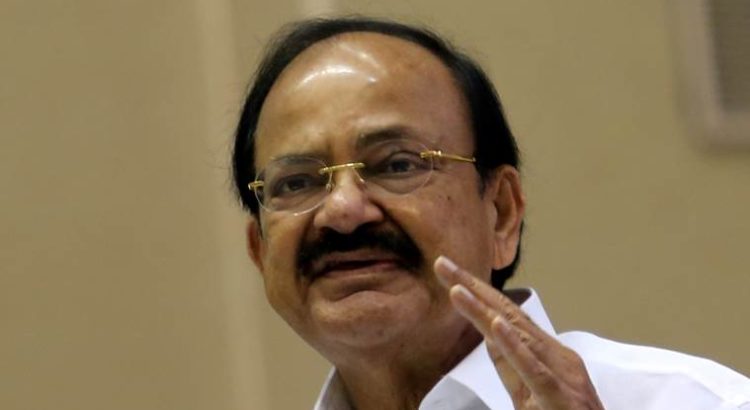

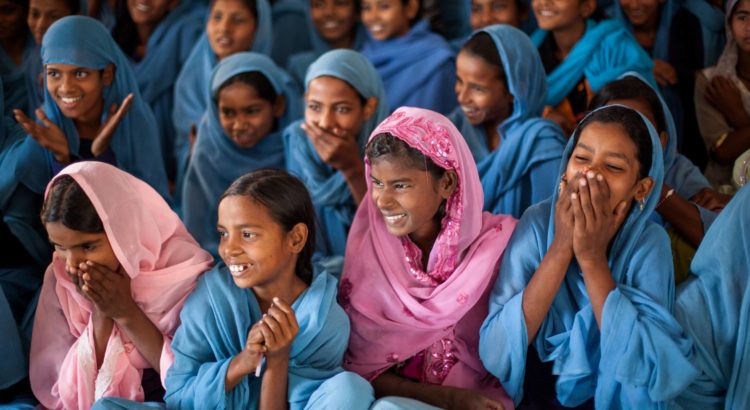

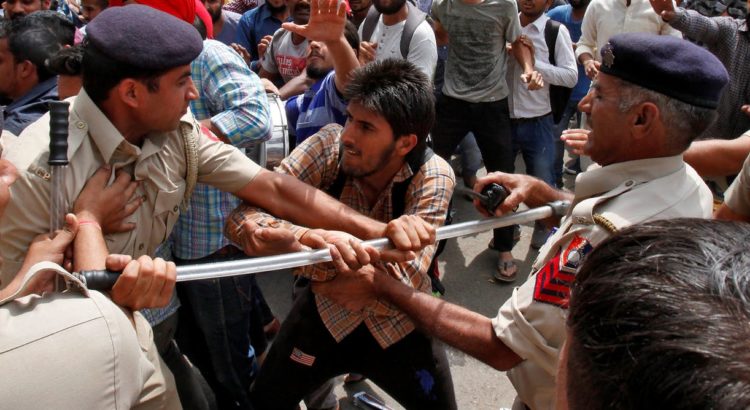
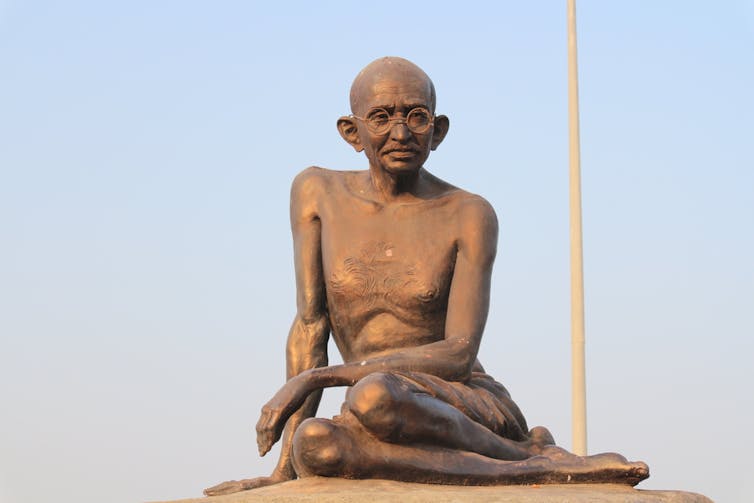
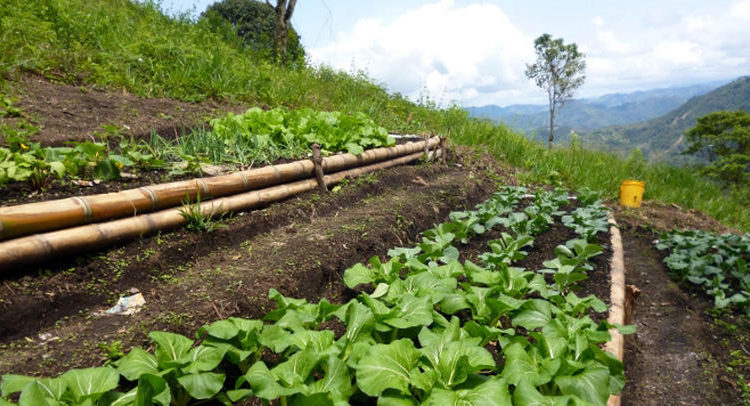







 Users Today : 14
Users Today : 14 Total Users : 35404281
Total Users : 35404281 Views Today : 18
Views Today : 18 Total views : 3333792
Total views : 3333792